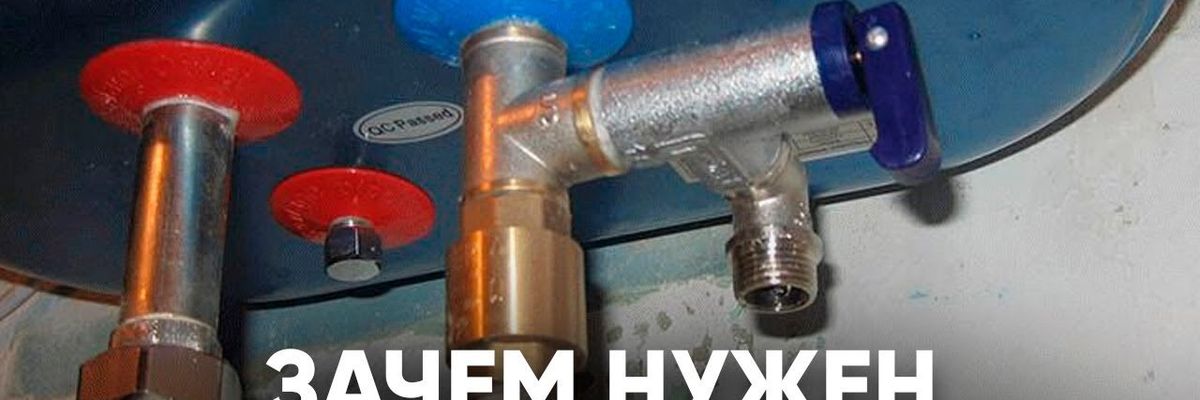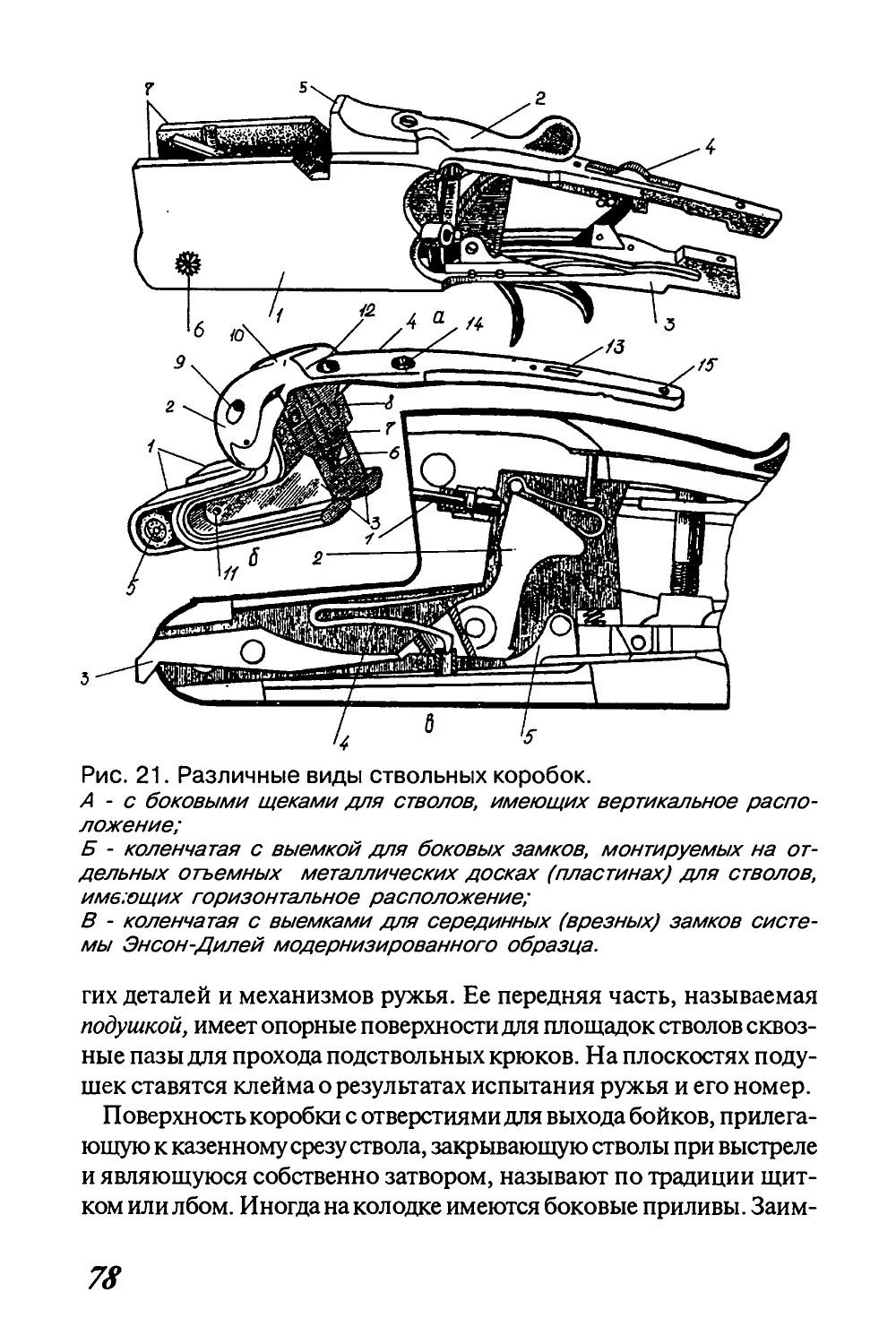
Symptoms of a Faulty or Faulty High Pressure Relief Valve
Content
Common symptoms include an oil pressure light coming on, increased engine noise, and a drop in oil pressure.
All internal combustion engines rely on some form of engine lubrication to prevent metal engine components from overheating and being damaged by metal to metal contact. The engine oil pump is responsible for pressurizing and pumping engine oil to various locations throughout the engine where lubrication is required. The job of a high pressure relief valve is to regulate oil pressure and ensure that it is always at a safe level, never too high or too low, and always at the correct pressure.
The high pressure relief valve is usually located near the oil pump and is not normally considered a scheduled maintenance, however it can sometimes fail and cause mechanical problems with the engine. Usually, a bad or faulty high pressure relief valve causes several symptoms that can alert the driver to a potential problem.
1. Oil pressure indicator lights up
One of the most common symptoms of a high pressure relief valve problem is a burning oil light. If the high pressure relief valve fails or has problems, the engine oil pressure may be compromised. A change in oil pressure, especially an unsafe one, will be detected by the oil pressure sensor, which will trigger the oil pressure indicator.
2. Increased engine noise
Another sign of a problem with a car's high pressure relief valve is increased engine noise. If the high pressure relief valve fails and oil pressure is compromised, the engine may run out of oil in certain places. In addition to the possibility of severe engine damage due to oil starvation, this will cause the engine to make loud mechanical noises such as humming, grinding or scratching. If you suddenly notice that your engine is making loud mechanical noises that vary with engine speed, stop the engine and inspect the vehicle to prevent serious engine damage.
3. Sudden changes in oil pressure
Another sign of a faulty high pressure relief valve, common on gauge-equipped vehicles, is sudden changes in oil pressure. The High Pressure Relief Valve is designed to regulate oil pressure, ensuring that it remains at a safe level throughout the engine, both at high and low engine speeds. If the relief valve fails, oil pressure and supply can be compromised, which can lead to sudden changes in oil pressure. The oil pressure gauge may suddenly change from medium to high or low, or may fluctuate erratically.
Failure of a high pressure relief valve is not usually considered a common problem, however, problems can occur under certain circumstances. If you suspect that your engine may have a problem with the high pressure relief valve, have a professional technician, such as one from AvtoTachki, have the vehicle inspected to determine if the valve should be replaced.
